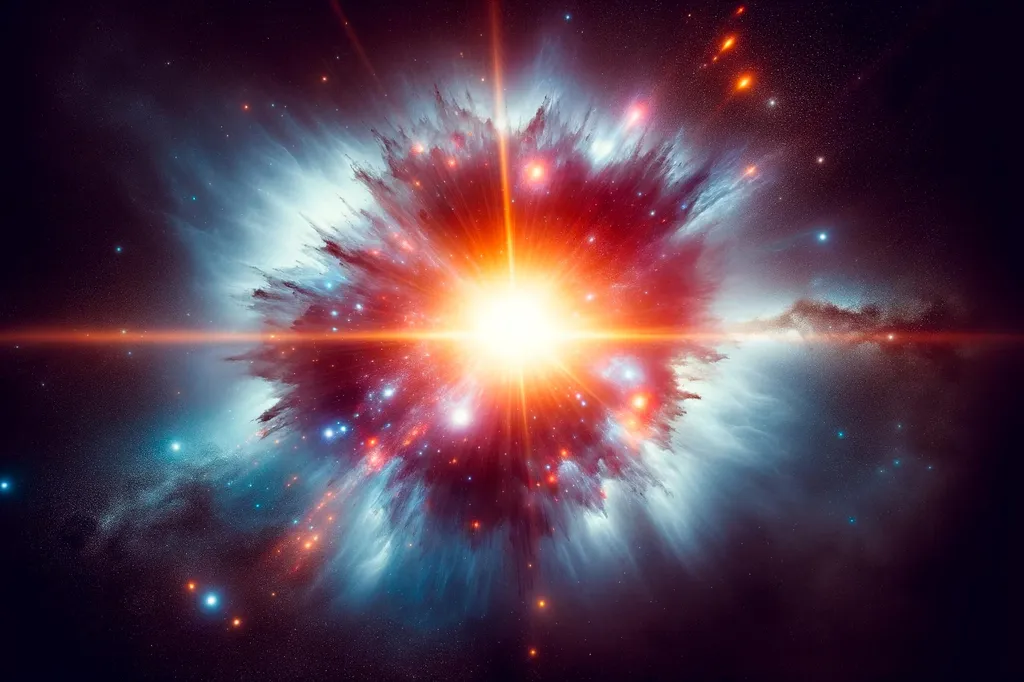In a recent study, researchers Peter Anninos, Matthew Portman, Scott Carmichael, Robert Hoffman, and Andre Sieverding from the Los Alamos National Laboratory have delved into the complex nuclear reactions and feedback mechanisms that occur in hyperaccreting neutron star environments. Their work, published in the Astrophysical Journal, explores the conditions typical of short-period compact object binaries in common envelopes, shedding light on the processes that lead to the synthesis of heavy elements.
The team investigated nuclear reactions under accretion rates ranging from 0.3 to 30,000 solar masses per year. These extreme conditions can create both proton and neutron-rich atmospheres, driven by strong convective instabilities. These instabilities link the neutrino sphere to the outgoing accretion shock within the radiation trapping zone. The study accounts for various factors, including weak reactions, neutrino energy loss, nuclear energy release, pair production, degenerate equations of state, and general relativistic hydrodynamics.
The researchers found that convection drives nucleons through multiple heating and cooling cycles. During the heating phase, photodisintegration dominates, while heavy element synthesis occurs during the cooling phase. The ejected material’s abundances depend on the accretion rate and the depth of the final decompression trajectory. The turbulent nature of convective currents facilitates the creation of a wide range of nuclear products through processes such as nuclear statistical equilibrium (NSE) freezeout and r, p, and gamma processes.
One notable discovery was a novel multi-step process in reheated trajectories. This process involves proton-capture and photo-dissociation reactions operating on r-process seeds, producing overall neutron-deficient isotopes. Additionally, a significant amount of infalling gas experiences high entropy and short freezeout timescales. This environment can produce r-process elements with high over-abundances through a disequilibrium effect between neutrons and alpha particles, without requiring an excess of neutrons.
The findings of this study contribute to our understanding of nucleosynthesis in extreme astrophysical environments. While the direct practical applications to the energy sector may be limited, the insights gained from studying these fundamental processes can inform broader scientific and technological advancements. Understanding the behavior of matter under extreme conditions can have implications for nuclear energy research and the development of advanced materials.
This article is based on research available at arXiv.

